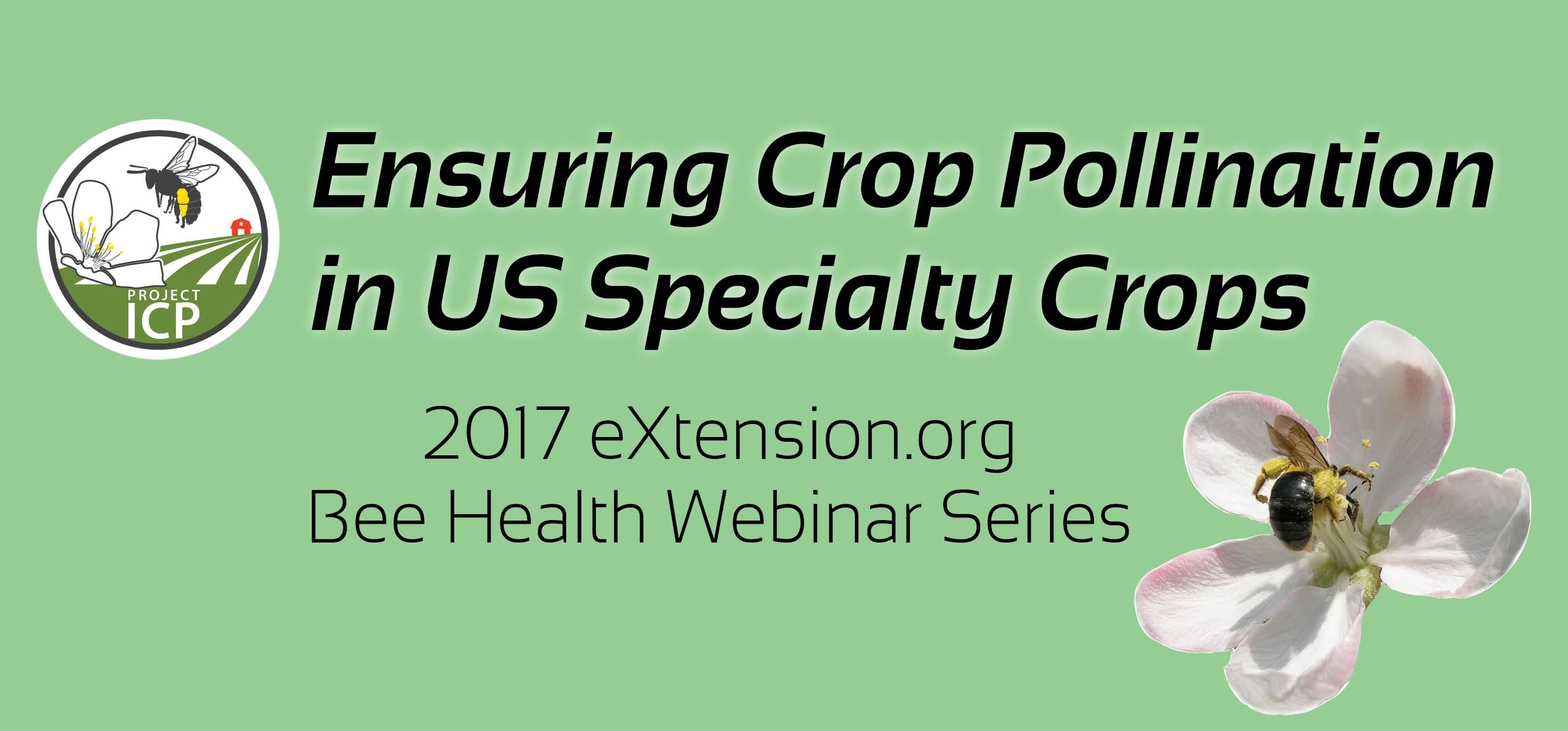
Honey Bee Health Coalition Varroa Management
Honey Bee Health Coalition Unveils Videos to Help Beekeepers Combat Devastating Parasites
Videos Complement Coalition’s Tools for Varroa Management Guide, Provides Step-By-Step Demonstrations of Utilizing an Integrated Pest Management Strategy of Monitoring and Treatment
KEYSTONE, CO, Nov. 28, 2016 — The Honey Bee Health Coalition released a series of videos today to help beekeepers promote colony health and combat costly and destructive Varroa mite (Varroa destructor) infestations. The videos can be found …



